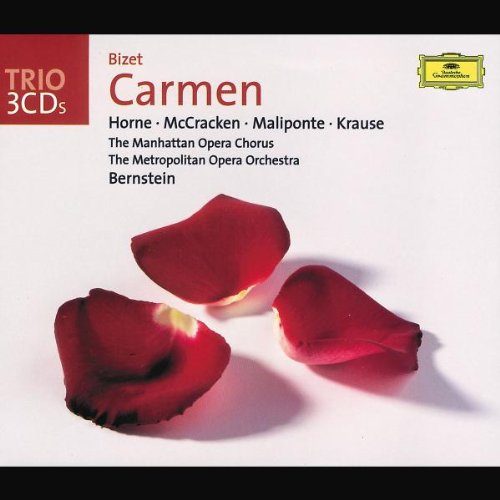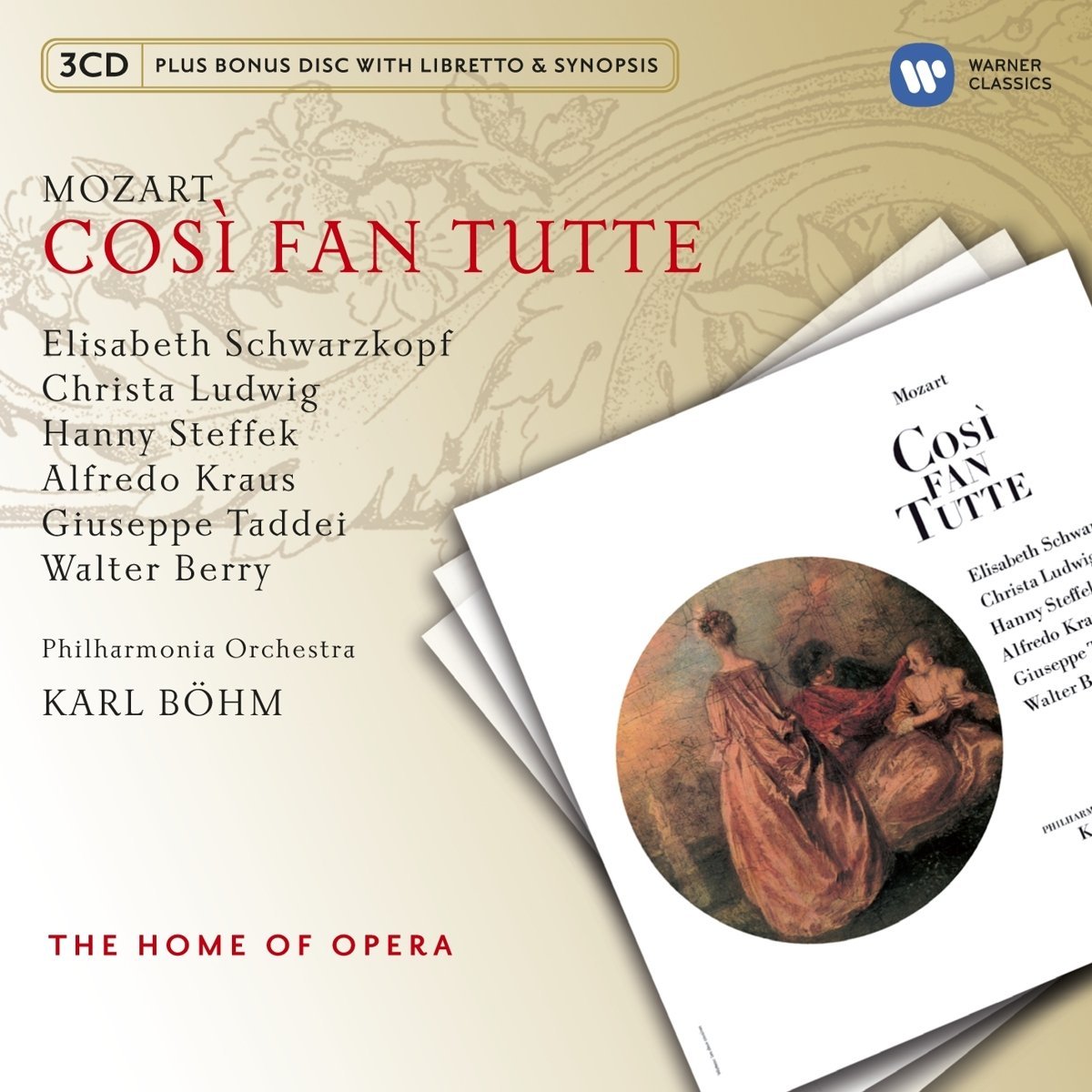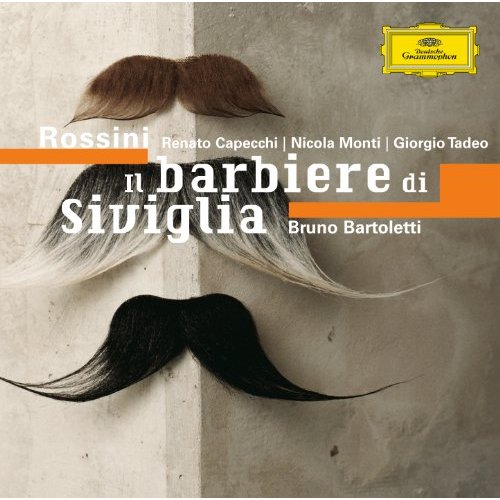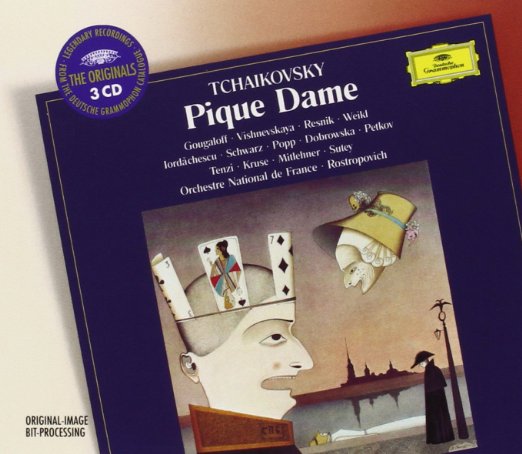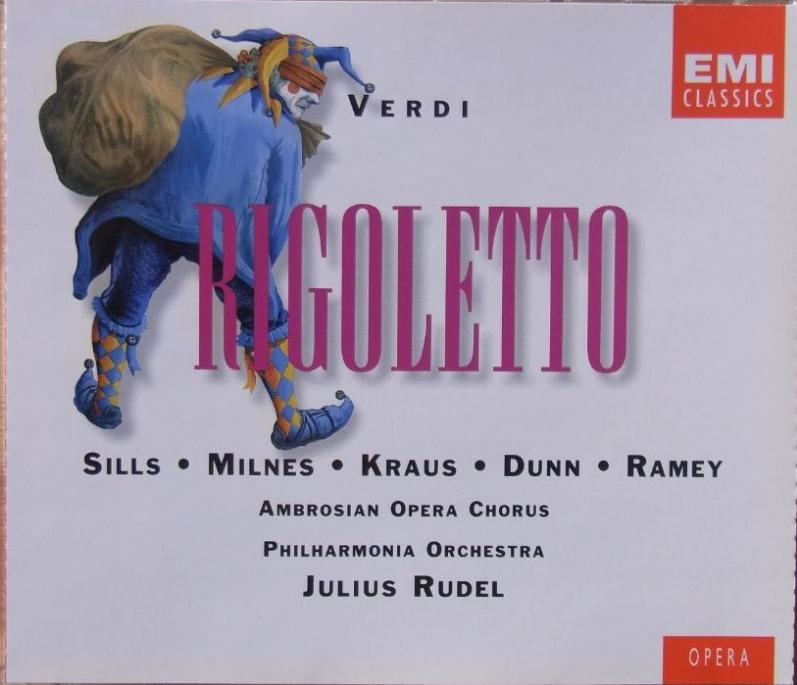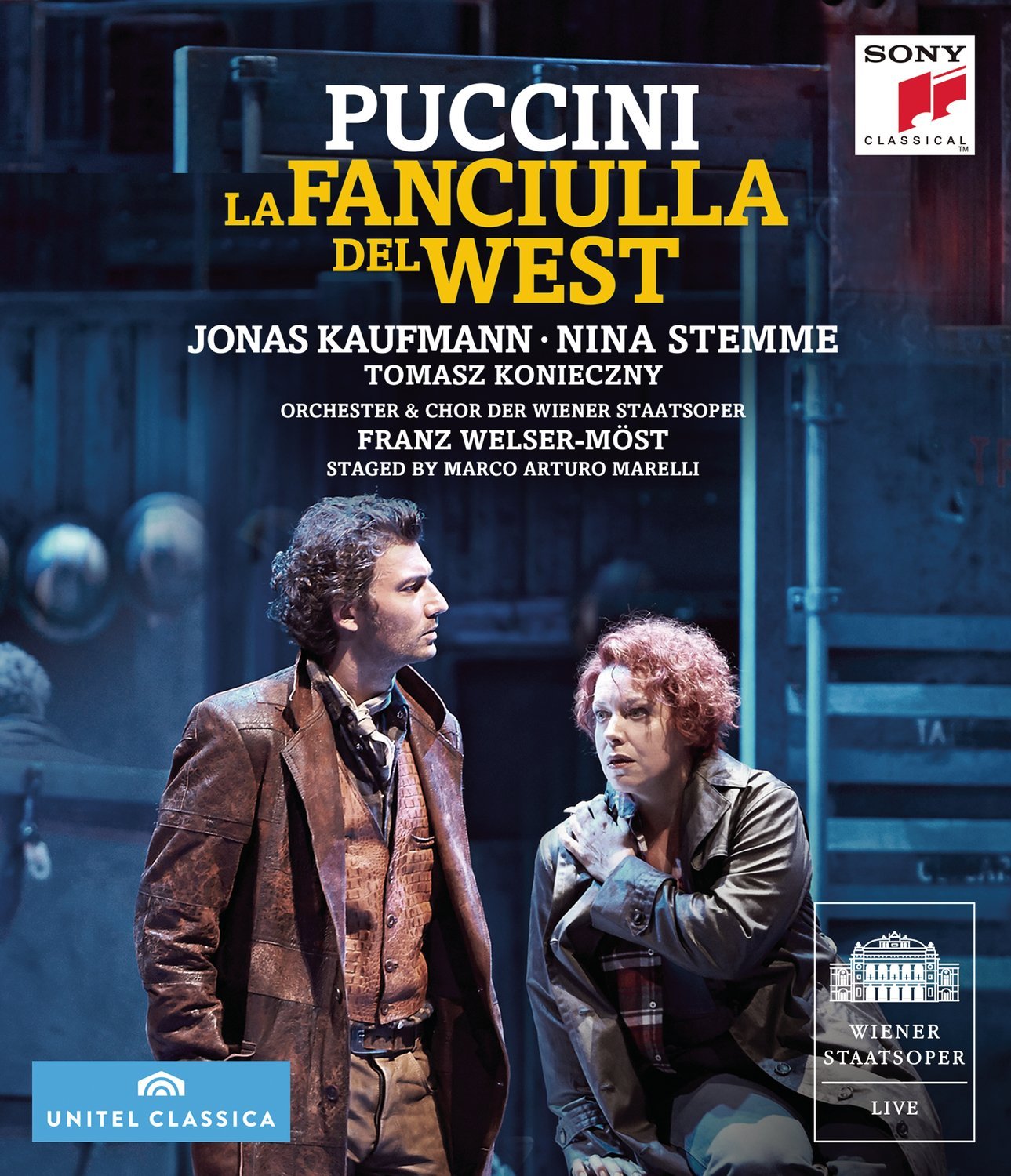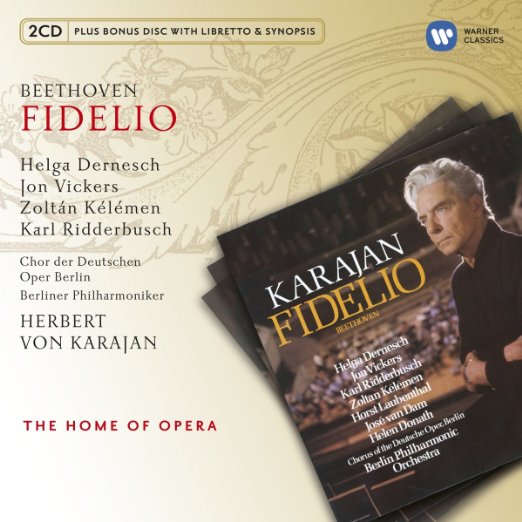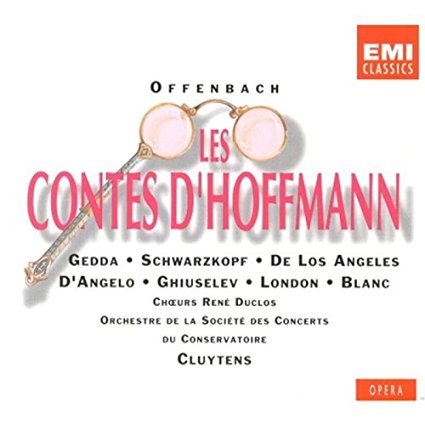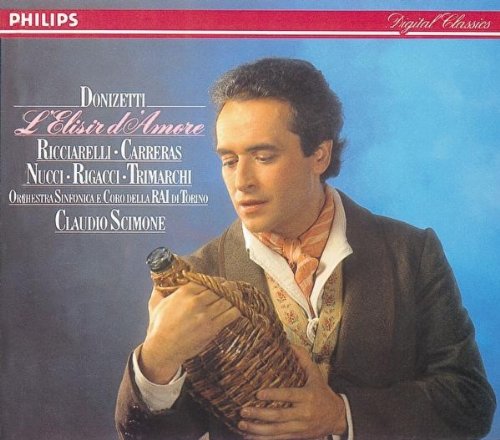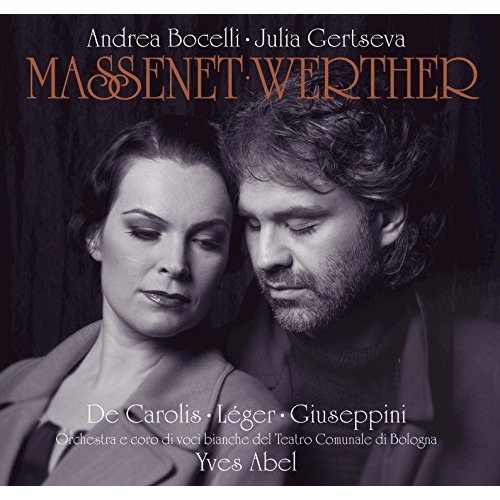Some operas are more accessible than others. These would be ones with lots of catchy tunes or well-known arias, little or no talking/recitative (sing-talking), and a variety of musical styles. These operas are a good place to start before moving into more challenging works, like those of Wagner, some Verdi, and the Slavic composers. Generally speaking, the works of Puccini are probably the most well-known to the general public, chock-full of beautiful music, and among the most-performed operas today – though, as you can see from the list below, there are plenty of other contenders. The links on this page will introduce you to some of the best music opera has to offer. If you don’t like any of these, opera may not be for you.
Carmen – Bizet. Some highly recognizable arias (Carmen’s sultry Habanera, the toreador’s entrance and song, and of course the ultra-famous and lively overture, which is somewhat ruined if you’ve ever seen the movie Bad News Bears). Really exciting and accessible tunes with a Spanish tinge (it’s a French opera set in Spain) that will stick in your head for hours. And that’s a good thing. This was Tchaikovsky’s favorite opera, which says a lot (“Carmen is a masterpiece in every sense of the word,” he wrote).
Die Zauberflote (The Magic Flute) – Mozart. This one is a fantasy with a rather bizarre plot, but the music is a total delight. Not many well-known tunes for the lay-person, unless you’ve seen the movie Amadeus, which features several of them (and which I highly recommend). The bird-catcher’s aria is great fun (Der vogelfanger bin ich ya), and what the Queen of the Night does with her voice in her aria is amazing. There’s also the poignant and sadly beautiful Ach, ich fuhl’s (ah, I feel it), wherein the singer falsely believes that her lover has no interest in her. Aside from the music, this opera is very family-friendly with colorful costumes and a fairy-tale quality.
Aida – Verdi. Majestic and stately, Aida has grand marches, great choruses and much beauty. Set in the splendor of ancient Egypt, it is also quite spectacular on stage in terms of costumes and setting (a huge cast, including horses). This one’s a blockbuster, a treat for the eyes and ears.
Die Entfuhrung aus dem Serail (Abduction from the Seraglio) – Mozart. Not performed all that often compared to most of the other entries here (why???), but one of my all-time favorites and a fine example of Mozart’s phenomenal talent. The music is instantly likable and varied, and the characters are a lot of fun. It’s set in a Turkish harem (seraglio), where two women have been taken prisoner and their beloveds try to rescue them. There is much lively music, including the overture and the entrance of the Pasha (a governor or dignitary). There are beautiful tunes, such as Belmonte pining for his beloved Konstanze, and a lot of fun numbers, such as the Pasha’s bad-tempered servant getting drunk. Greatly entertaining. Parts of it are featured in the film Amadeus. I highly recommend the recording of this opera in English because it allows you to follow the madcap story line, enjoy the humorous parts, and because it’s an excellent recording.
La Boheme (The Bohemians) – Puccini. A standard of the repertoire. The Broadway show Rent is loosely based on this opera. It concerns four young men living a bohemian lifestyle in Paris, but focuses on one of them who falls in love with his neighbor (who, it is later revealed, is dying of tuberculosis). This opera contains three ultra-famous arias right in a row in the first act, which is highly unusual: Che gelida manina (what a cold hand!), Si, mi chiamano Mimi (yes, they call me Mimi), and O soave fanciulla (oh lovely girl!). It’s a one-two-three knockout. This opera is widely performed, in part because of the enduring popularity of these arias. They are showpieces for star tenors and sopranos (the link in this paragraph to che gelida manina features Luciano Pavarotti hitting one of his impressively-sustained high C notes that results in the rarity of the enthusiastic audience applauding him mid-aria). Mimi’s death, and its dramatic accompanying music, will make time stand still for you. This is the one opera scene that always brings tears to my eyes no matter how often I’ve seen or listened to it.
Tosca – Puccini. Another standard opera favorite by Puccini, with numerous well-known arias. The story is about a painter, Cavaradossi, who is in love with the title character – but so is the evil Scarpia, who has the artist imprisoned, tortured, and ultimately sentenced to death. Scarpia leads Tosca to believe that her lover is going to be spared and fired upon with fake bullets. However, he lied and the bullets are real, leading Tosca to leap to her death at the opera’s end to join her lover – a classic, tragic ending. Standouts here include Recondita armonia (hidden harmony), the grand and glorious Te deum (with Franco Zeffirelli‘s impressively-staged church processional, worthy of a royal coronation) and the very-well-known soprano showpiece Visi d’arte (I lived for art), sung here by the incomparable Maria Callas. Finally, there is Cavaradossi’s heartfelt E lucevan le stelle (and the stars were shining) as he contemplates the last hour he has left to live.
Turandot – Puccini. Ah, perhaps my favorite opera (other contenders for this coveted spot are Mozart’s Abduction from the Seraglio and Rossini’s Barber of Seville). Turandot is a cold-hearted princess in ancient China who will only marry a man who can answer three riddles. If he gets an answer wrong (as most do), off with his head! Enter our initially unnamed hero, who gets them all right, forcing Turandot to examine her motivations. This opera contains much drama, deliciously reflected in the colorful, powerful and majestic score. The costumes and sets are a feast for the eyes. It contains the ultra-popular tenor aria Nessun Dorma (no one shall sleep), a specialty of Pavarotti’s with its dramatic high C ending (the clip referenced here is a stunning example of his incredible talent). The opera also features my absolute favorite aria in all of opera – and no, it’s not Nessun Dorma. In fact, it’s not even very popular, but I find it sublimely beautiful, dramatic and uplifting. It slowly churns to a frenzy like the best of Rossini’s trademark “rockets” (see The Barber of Seville). Its steady, climactic pace, its tender beginning yet strong ending, its multitude of voices singing at once – sheer perfection, especially the recording by Pavarotti under conductor Zubin Mehta, which takes me to another dimension and is my favorite opera album. Other standout arias are Signore, ascolta! (master, hear!) and In questa reggia (in this palace). A grand and masterful work that, sadly, I have not yet seen live.
Coming soon:
L’elisir d’amore (The Elixir of Love) – Donizetti
Les Contes d’Hoffmann (The Tales of Hoffmann) – Offenbach
Il Barbiere di Siviglia (The Barber of Seville) – Rossini
La Gazza Ladra (The Thieving Magpie) – Rossini
Pique Dame (The Queen of Spades) – Tchaikovsky
HMS Pinafore – Gilbert & Sullivan
Pirates of Penzance – Gilbert & Sullivan
The Mikado – Gilbert & Sullivan

